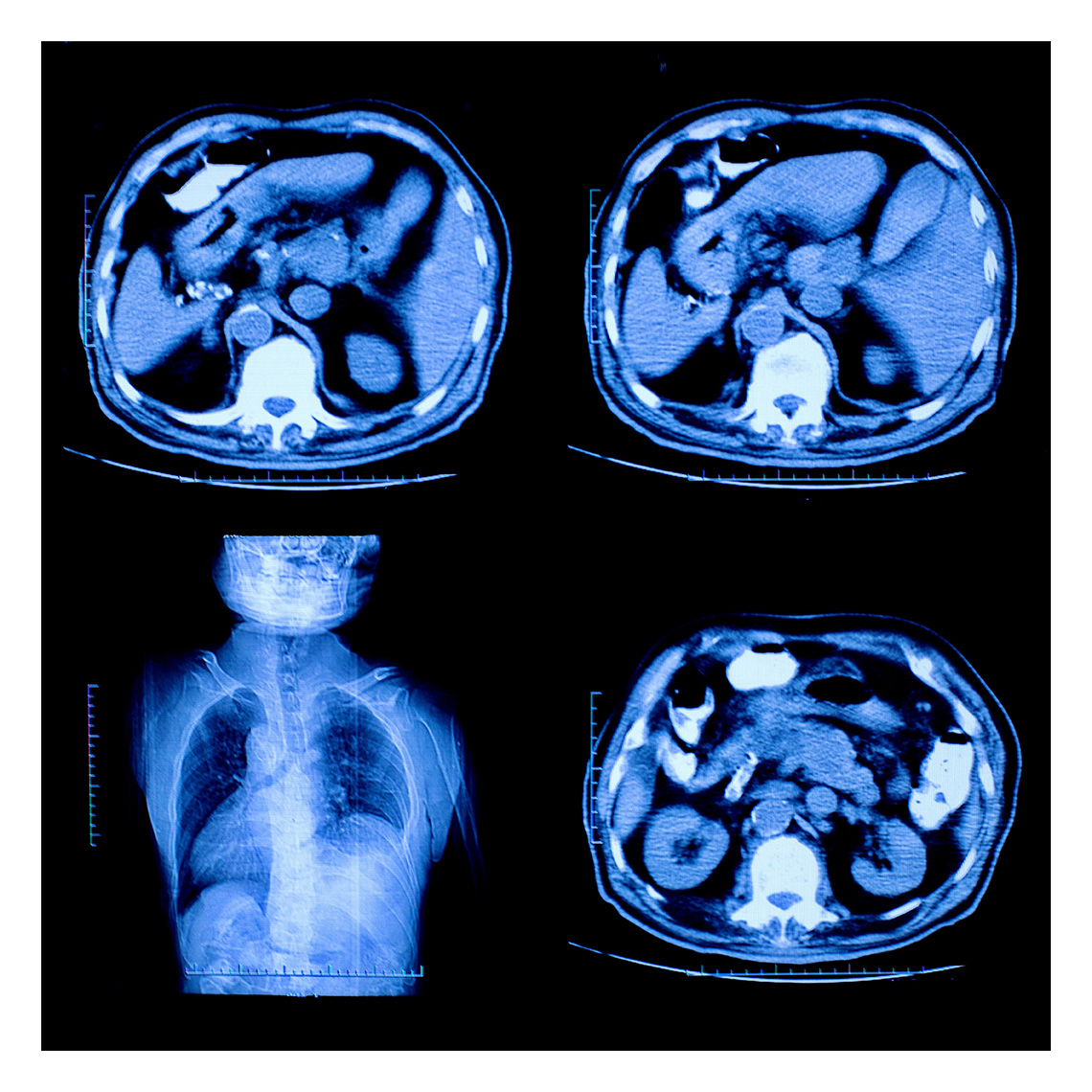Newsletter
Emerging Risks in Interventional Radiology
Feb 26, 2018
A 65-year-old male was admitted for treatment of lymphoma...
On hospital day 5, the patient developed an acute change in mental status that worsened over the day; he was unable to tolerate a lumbar puncture at the bedside. In Interventional Radiology (IR), the patient required incremental doses of Ativan for the management of his altered mental status and acute agitation. The incremental doses of medication were obtained from the inpatient unit, but administered by the IR nurse. The patient arrested and expired during the procedure.
Emerging Risk: Interventional Radiology | |||
| Number | Percent | Percent |
| diagnostic radiology | 2,259 | 4% | 4% |
| interventional radiology | 317 | <1% | <1% |
| 1. 2007–2016 (N=58,691 cases, $11.5B incurred losses. Source: National Comparative Benchmarking System, CRICO | |||
Analysis of CRICO’s National Comparative Benchmarking System (CBS) indicates that cases like the one above, in which Interventional Radiology* is the responsible service, account for less than one percent of all claims and suits filed since 2007, and just under one percent of financial losses. As the 2013 CBS Report, Malpractice Risks of Routine Medical Procedures indicated, however, the malpractice exposure for procedures outside the operating room is a growing concern. IR-related malpractice cases are rare, but they are not insignificant, especially given the dramatic shifts in IR practice. A shared sense of increased vulnerability in the IR setting led the Academic Medical Centers Patient Safety Organization (AMC PSO) to publish Patient Safety Framework for Risk Mitigation in Interventional Radiology.
When IR procedures are performed beyond the reach of a hospital’s safety net, then the risks associated with a complication during an IR procedure can be magnified. If the IR location is not designed to manage emergencies, or the staff is not adequately trained to rescue patients who experience complications, then IR patients and providers are at risk of serious injury and malpractice allegations.
The recently published Patient Safety Framework for Risk Mitigation in Interventional Radiology outlines recommendations for improved areas in the situational awareness and coordination of resources, staffing, and patient transfer of care along with suggestions to institutional leadership for improving collaboration with other departments.
*Interventional Radiology procedures include the use radiological image guidance (X-ray fluoroscopy, ultrasound, CT, or MRI).
Additional Material
Latest News from CRICO
Medical Malpractice Allegations in Radiation Oncology: Results from a National Comparative Benchmarking System
The Effect of Clinical Volume on Annual and Per-Patient Encounter Medical Malpractice Claims Risk
Rates and Characteristics of Medical Malpractice Claims Against Hospitalists

